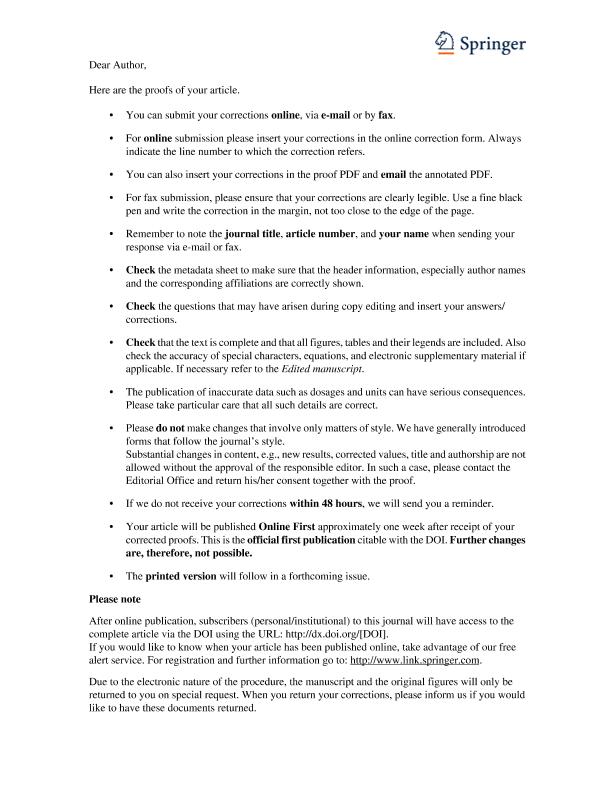Mostrar el registro sencillo del ítem
dc.contributor.author
Moreno, Laura

dc.contributor.author
Bertiller, Monica Beatriz

dc.date.available
2018-03-20T14:38:23Z
dc.date.issued
2016-01
dc.identifier.citation
Moreno, Laura; Bertiller, Monica Beatriz; Variation of morphological and chemical traits in sexes of the dioecious perennial grass Poa ligularis in relation to shrub cover and aridity in Patagonian ecosystems; Springer Tokyo; Population Ecology; 58; 1; 1-2016; 189-197
dc.identifier.issn
1438-3896
dc.identifier.uri
http://hdl.handle.net/11336/39338
dc.description.abstract
Sexes of dioecious species may have dimorphic responses to environmental variation due to differences in resource requirements and reproductive costs. We analyzed the effect of aridity/relative shrub cover, and vicinity to shrub patches on morpho-chemical traits of sexes of the dioecious perennial grass Poa ligularis in patchy arid ecosystems in northern-central Patagonia. We hypothesized that sexes of P. ligularis have dimorphic responses in morpho-chemical traits in relation to the environmental variation induced by aridity/relative shrub cover and vicinity to shrub patches. We selected seven sites across a gradient of increasing aridity and relative shrub cover. We randomly collected 5–10 P. ligularis plants per site registering the sex (female or male) and location with respect to shrub patches (shrub patch or inter-patch). For each plant, we assessed morpho-chemical traits (height of the vegetative tillers, length/dry weight/area of blades, specific blade area, nitrogen and soluble phenol concentration in blades). Sexes showed dimorphic responses in height of vegetative tillers, blade length, and blade area with respect to vicinity to shrub patches; and in variation of soluble phenolics in blades in relation to aridity/relative shrub cover. Responses in both sexes were opposite to those expected by aridity, highlighting the role of favorable environments induced by shrub canopies on dimorphic responses of sexes of P. ligularis. Resource-rich microsites associated with shrub canopies promoted increased plant performance of females with high reproductive costs while resource-poor open areas, favorable for pollen dispersal, induced improved chemical defenses of males. These results are consistent with the resource availability hypothesis.
dc.format
application/pdf
dc.language.iso
eng
dc.publisher
Springer Tokyo

dc.rights
info:eu-repo/semantics/openAccess
dc.rights.uri
https://creativecommons.org/licenses/by-nc-sa/2.5/ar/
dc.subject
Arid Patagonia
dc.subject
Inter-Patch Areas
dc.subject
Plant Defenses
dc.subject
Sexual Dimorphism
dc.subject
Shrub Patches
dc.subject
Vegetative Growth
dc.subject.classification
Otras Ciencias Biológicas

dc.subject.classification
Ciencias Biológicas

dc.subject.classification
CIENCIAS NATURALES Y EXACTAS

dc.title
Variation of morphological and chemical traits in sexes of the dioecious perennial grass Poa ligularis in relation to shrub cover and aridity in Patagonian ecosystems
dc.type
info:eu-repo/semantics/article
dc.type
info:ar-repo/semantics/artículo
dc.type
info:eu-repo/semantics/publishedVersion
dc.date.updated
2018-03-12T14:23:35Z
dc.journal.volume
58
dc.journal.number
1
dc.journal.pagination
189-197
dc.journal.pais
Japón

dc.journal.ciudad
Tokyo
dc.description.fil
Fil: Moreno, Laura. Consejo Nacional de Investigaciones Científicas y Técnicas. Centro Nacional Patagónico; Argentina
dc.description.fil
Fil: Bertiller, Monica Beatriz. Consejo Nacional de Investigaciones Científicas y Técnicas. Centro Nacional Patagónico; Argentina. Universidad Nacional de la Patagonia; Argentina
dc.journal.title
Population Ecology

dc.relation.alternativeid
info:eu-repo/semantics/altIdentifier/doi/http://dx.doi.org/10.1007/s10144-015-0530-1
dc.relation.alternativeid
info:eu-repo/semantics/altIdentifier/url/https://link.springer.com/article/10.1007%2Fs10144-015-0530-1
Archivos asociados
